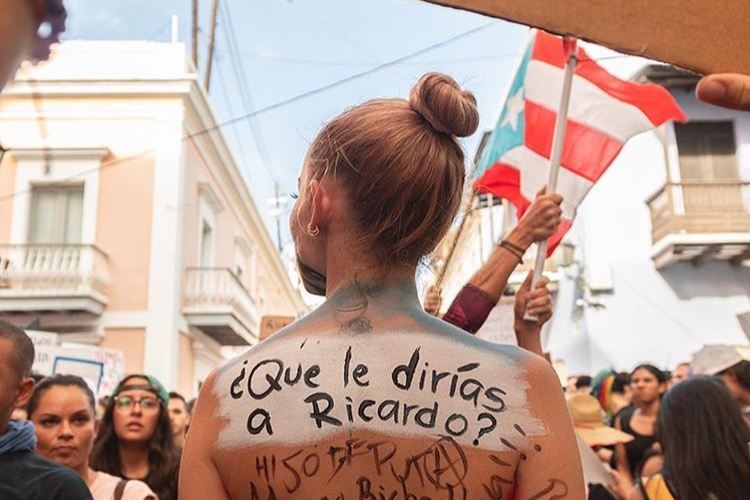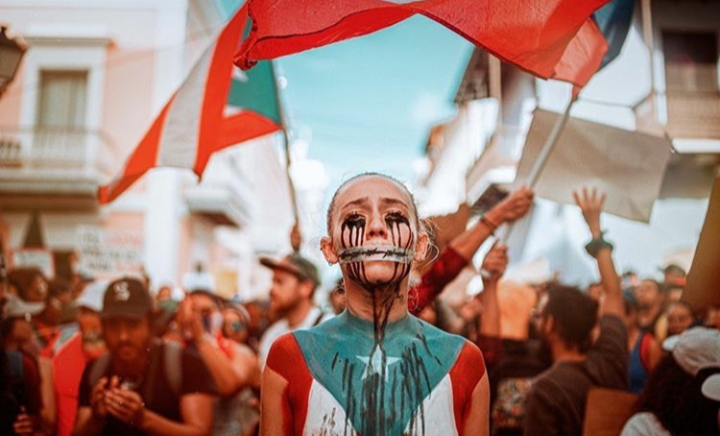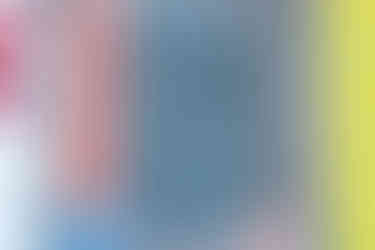- Oct 11, 2019
- 3 min read
The protests that occurred in San Juan, Puerto Rico on July of 2019 against ex-governor Ricardo Rosselló brought together people of all walks of life. Art played a huge role in showcasing the individuality of the protestors, while also sending an important message. Four artists stood out, and shared with us their artistic contributions to the protests and their inspirations.
Melanie Rodriguez Rosado was one of the artists behind the activist feminist group known as “#hijasdelacrisis” on social media. She incorporated her art on the bodies of the girls that were part of the group.Their bodies became a outlet to express their anger, oppression, pain and discontent with the current government in a artistic way. This movement was well received by other citizens of the island that encourage her to continue his work.
The beginning of this movement was Rodriguez using the bodies of girls as canvases to express their political opinion, Anamar was the first female activist they used to start their protest. Whose face became the movement of #hijasdelacrisis.
Anamar Perez Green’s image went viral over instagram where she used her naked body as a canvas to represent the national flag of Puerto Rico burning. On her back, words used by the ex-governor in the controversial group chat where he demeaning to women. Anamar is now known es a revolutionary icon in the modern day activism in Puerto Rico her message and courage spoke to many people.
Even though she had obvious backlash because she was sexualized being naked, protesters understood and respected there way of protesting.
“I was ready for the type of art I was representing. I felt a lot of courage with the situation that we were currently dealing with. I just wanted a change in our system,” the Anamar said.
said when asked how she felt being a canvas for the type of art she was representing.
Another female activist we got to interview was Jorly Flores. Who Incorporated the art of the folk dance “Bomba” in her political expression.
Flores has participated in past protest one of them being in New York against the help the government failed to provide hurricane relief causing overwhelming amount of deaths during the time of crisis. She was living in New York when the storm passed and could not contact her family, worried sick that something had happened to them. Jorly Flores was part of the #hijasdelacrisis 2 weeks after arriving to Puerto Rico to visit family, not expecting the days of protest that she would be participating using dance and body art.
“That day it rained blood, it rained emotions that day…it was overwhelming,” Jorly described the emotions from that day she went to protest.
Finally, Ana C. Rivera talks about the symbolism behind her mural on Calle Norzagaray.
Ana Carolina is a young aspiring artist from Puerto Rico who studies at the Escuela de Artes Plásticas. She works with a variety of different art media, most of which she showcased at an arts festival at El Cuartel de Ballajá. With the help of the president from the Student Council, she painted a 10-foot mural on Calle Norzagaray in light of the protests that arose against Puerto Rico’s corrupt ex-governor Ricardo Rosselló in July of 2019. Three things that she encourages her peers to embrace the culture, education and art. These three things, Ana says, define us as human beings and also as Puerto Ricans.






















